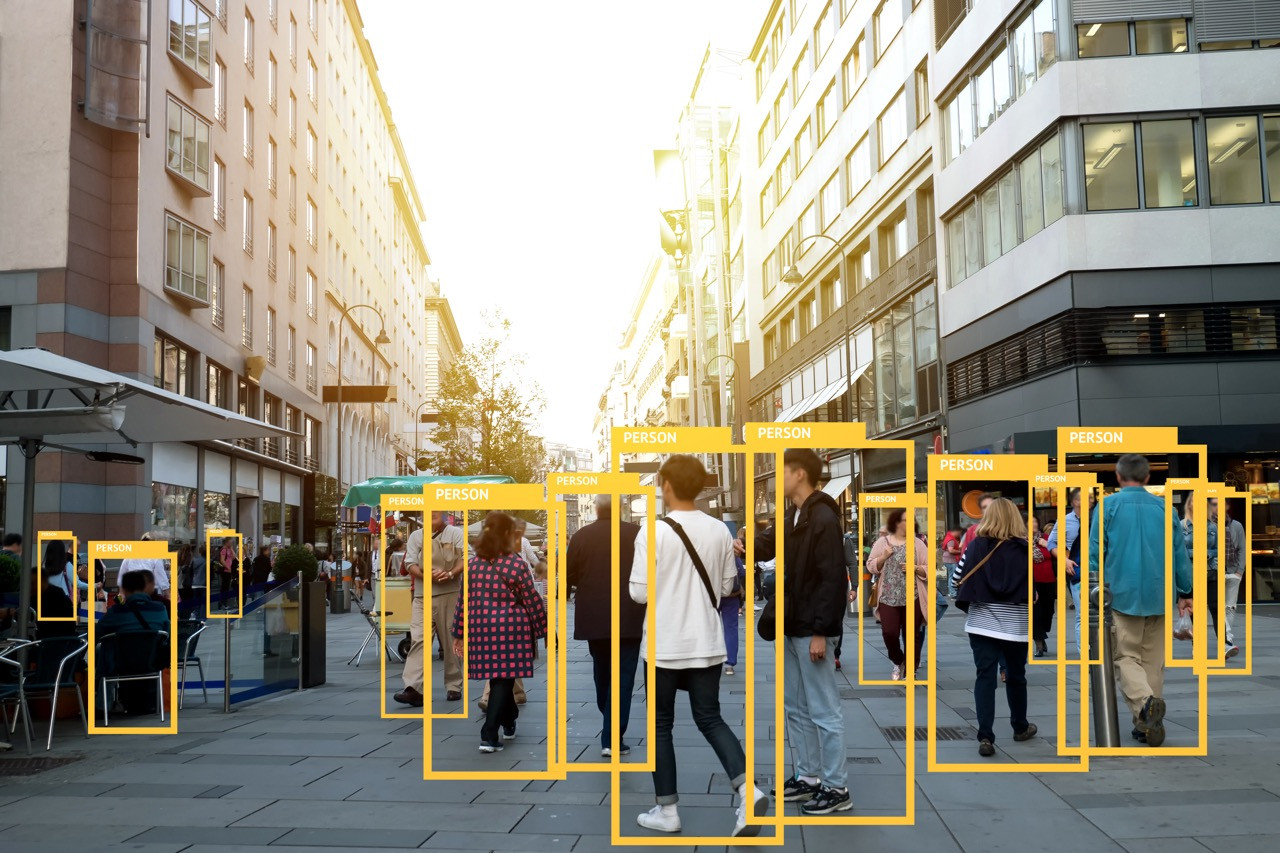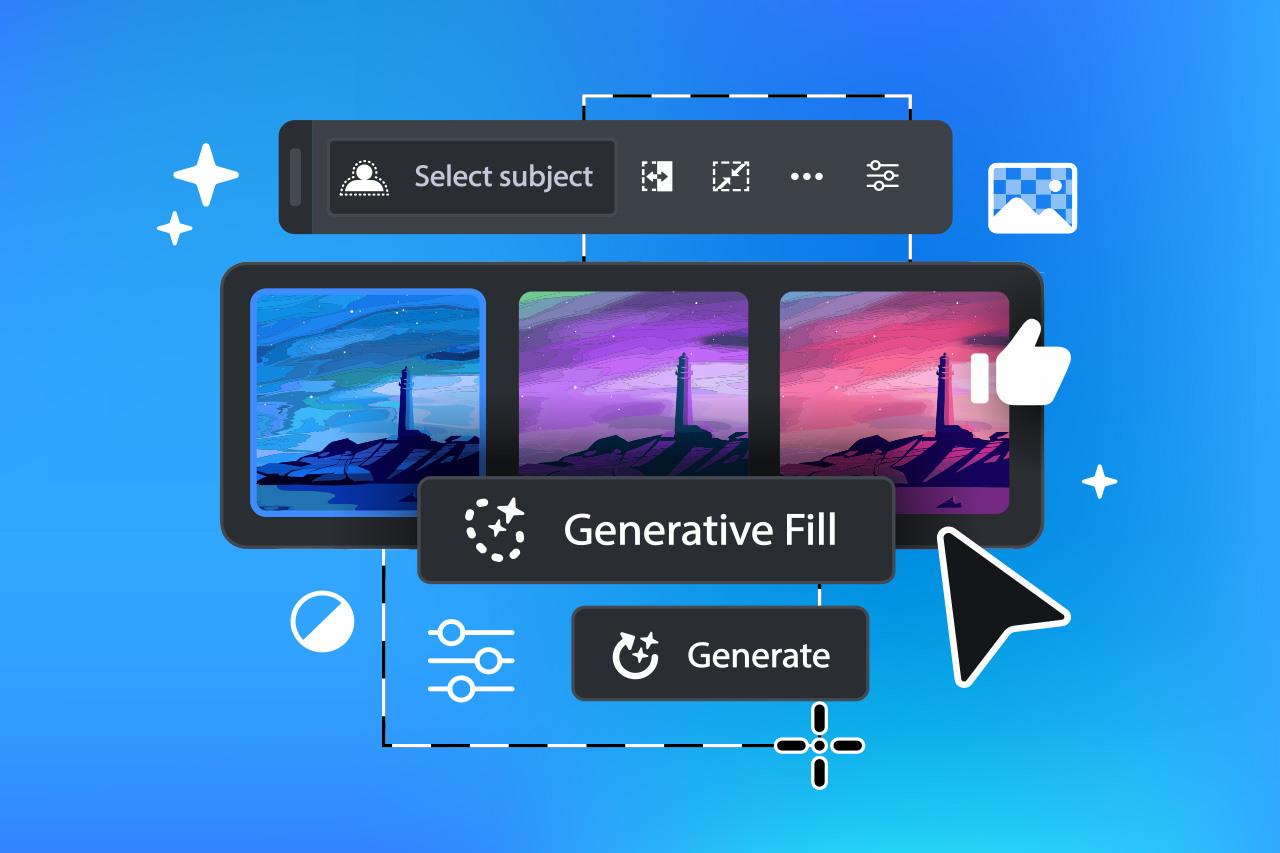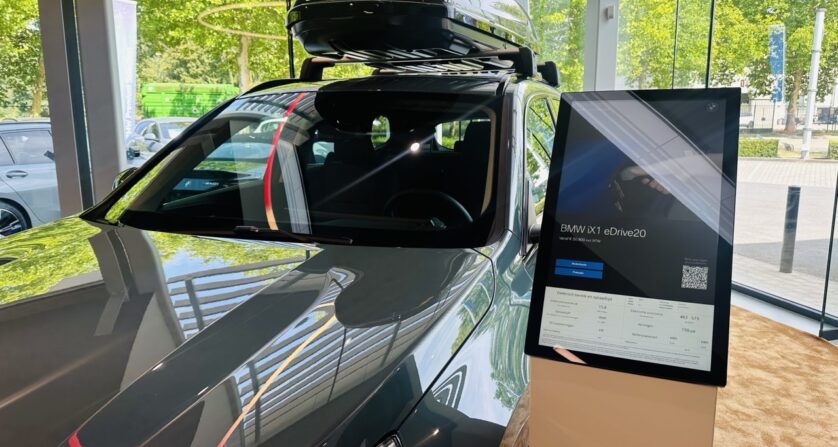In this article, we explore how artificial intelligence and machine learning will shape the future of digital signage. While many concrete applications are still in full development, the technology already offers promising prospects.

Data collection
Digital signage currently primarily provides information, but in the future, it could also be used for advanced data collection. By integrating technologies like facial recognition, businesses could gain deeper insights into who their customers are. While this is still in its early stages, it promises a lot for more targeted marketing and personalization.
Personalized experiences
AI has the potential to make digital signage much more personal and interactive. Although the technology is still developing, we can imagine a future where customers receive a personalized experience the moment they step into a store. By leveraging AI, digital signage could recognize customers and present them with tailored offers based on their purchase history.
Interactive boost
While interaction with digital signage is already possible, AI is expected to elevate this interaction to the next level. In the future, customers will be able to visualize products, compare prices, and make personalized choices, all through AI-driven interfaces. This will create the ultimate shopping experience, integrating elements of online shopping into the physical world.
More advanced dynamic targeting
In the future, AI will be used to make digital signage content even more relevant to specific customers. For example, think of advertisements that adapt to weather conditions or seasonal trends. While this is already possible today, the potential to provide consumers with even more accurate content that matches their needs and preferences is enormous.


Advanced ad scheduling
AI is expected to play a key role in planning and displaying advertisements on digital signage. AI could manage your ad space more efficiently by analyzing data and making real-time decisions about which clips best suit the current audience. This will add a new dimension to advertising in physical spaces, similar to the precision we’ve seen online for years with cookie-based ads.
Endless learning and adjustment via deep learning
Deep learning, a form of machine learning, is also expected to play a central role in how digital signage is used in the future. This technology could enable digital screens to recognize patterns and make proactive decisions, making communication with customers even more targeted and personalized. While this is still largely theoretical, it offers us all very exciting prospects.
Content creation based on prompting
An AI prompt is what you input into an AI model to achieve the desired result. It can be a statement, a question, or even just a conversation. Today, everyone uses language models (LLMs, large language models). They get smarter every day but still need a starting point. Image and video generators require even more knowledge and experience to produce a suitable result. As with all technologies we’ve seen in recent years, the results will vary depending on the quality of the input.
Conclusion
While concrete applications of AI in digital signage are still in full development, it is clear that this technology will shape the future of the sector. The potential benefits are immense, and it is exciting to see how AI will completely change the way we communicate, shop, work, ... in the physical world. As AI continues to develop, we can look forward to a future where digital signage becomes even more innovative and powerful.










